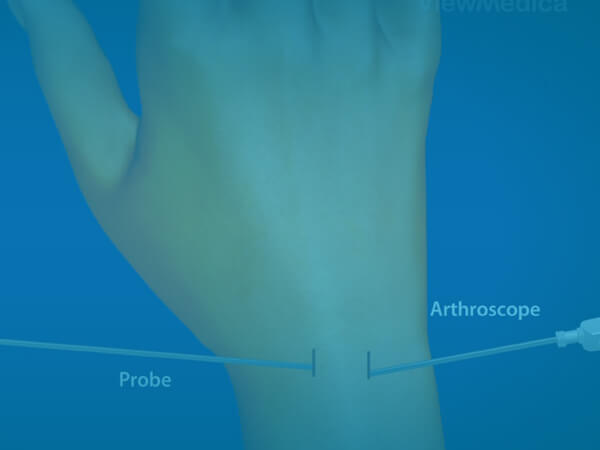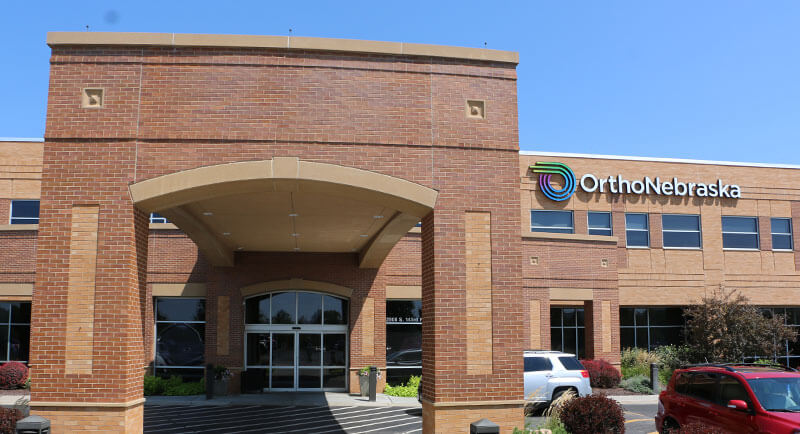What is a Wrist Scope?
Using a thin fiber-optic camera and micro-sized tools, the surgeon navigates to the problem area in the wrist joint by viewing a screen during surgery. Then, the surgeon fixes the problem to the best of their ability.
Who should have a Wrist Scope?
Conservative treatments like rest, medications, physical therapy, injections, or other treatments are usually effective, but sometimes wrist scopes are ultimately recommended to help relieve the pain caused by sports injuries, scar tissue, inflammation, minor fractures, loose cartilage and or other causes.
Does a Wrist Scope work?
Wrist scopes work very well and have lower standard risks than open surgery. Standard risks include blood clotting, reaction to anesthesia and infection. The benefit of minimally-invasive surgery is that it greatly reduces the risks of pain or infection and allows for faster recovery and rehabilitation.
What can I expect when I have a Wrist Scope?
You may need a pre-surgical physical to make any necessary accommodations based on your health history. When you arrive at the hospital, you’ll speak to your surgeon and anesthesiologist. You are likely to put to sleep (general anesthesia) for this surgery.
Afterward, you may be placed in a splint or cast to keep your wrist from moving, depending on your exact procedure. You are very unlikely to be kept in the hospital overnight, and you will need to have someone drive you home.
Time off from work will be based on your job requirements, but for office workers, 1-2 weeks is typical.











